Humans news stories

The rock crystals were likely brought to the site from a source more than 80 miles (130 kilometers) away, over mountainous terrain, and the crystals appear to have been carefully broken into much smaller pieces, possibly during a community gathering to watch the working of what must have seemed like a magical material

New research suggests that improvements in personal development and self-insight act as a pathway between post-psychedelic integration practices and optimal well-being. The study, which appears in the Journal of Humanistic Psychology, provides evidence that this is the case for both clinical and non-clinical populations.

A team of archaeologists uncovered the Neolithic-era remains using laser scanning, aerial photography, drones, and various forms of surveying. The scientists located the settlement at Al-Faw, an archaeological site that has previously turned up evidence of a strong trade network that sustained an ancient city.

Controversy over Google’s AI program is raising questions about just how powerful it is. Is it even safe?
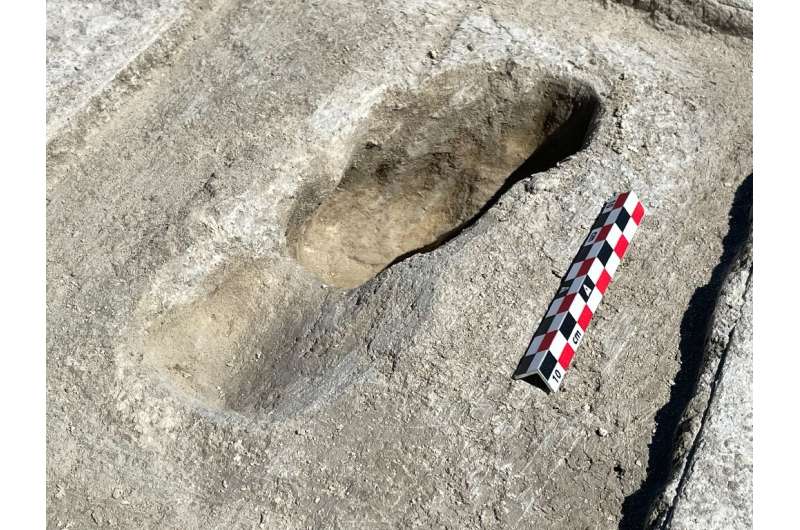
Footprints laid down by Ice Age hunter-gatherers and recently discovered in a US desert are shedding new light on North America’s earliest human inhabitants.

Maya people cremated their rulers and used the ashes to help make rubber balls that were used in ballgames, an archaeologist has claimed.
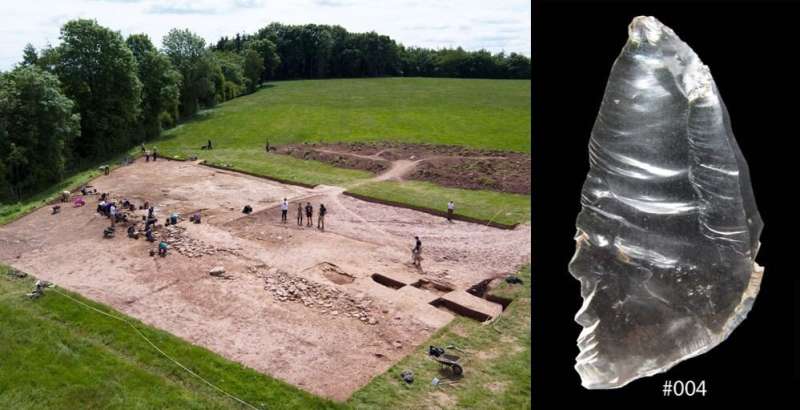
Distinctive and rare rock crystals were moved over long distances by Early Neolithic Brits and were used to mark their burial sites, according to groundbreaking new archaeological research.
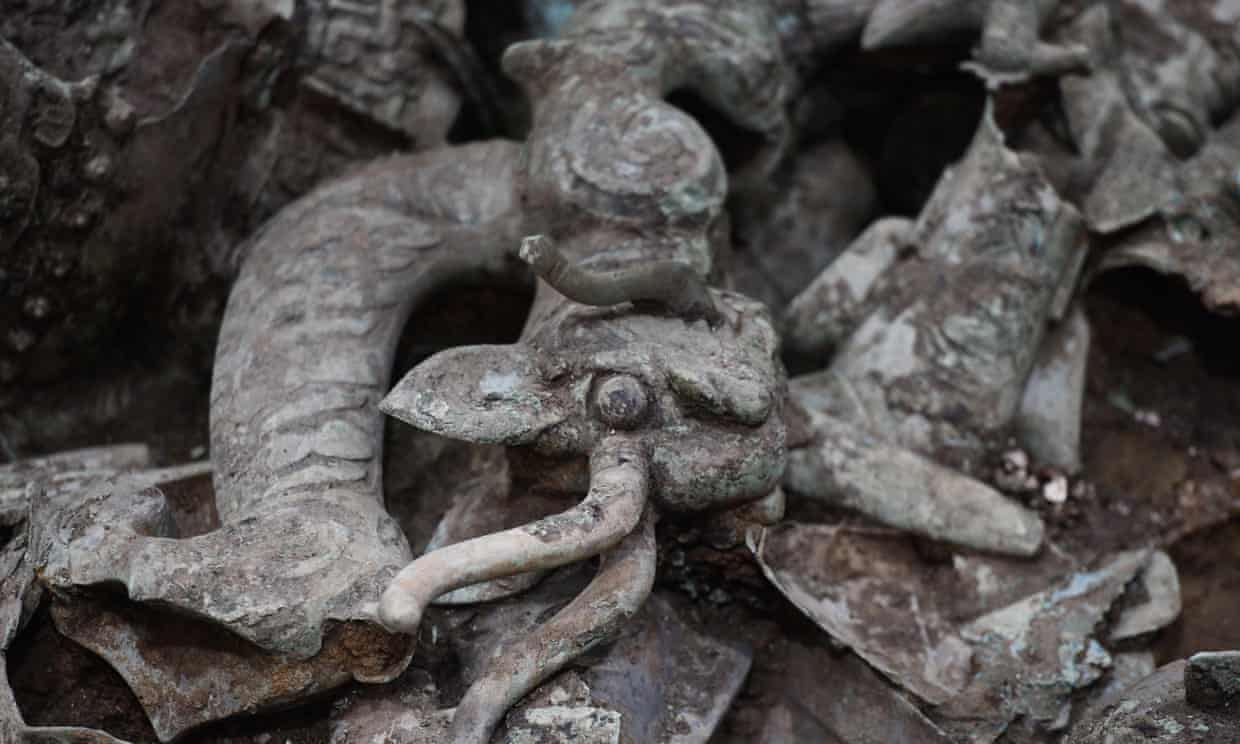
Researchers have deciphered enigmatic recipes for metal-making contained in an ancient Chinese text, revealing unexpected complexity in the art at the time.
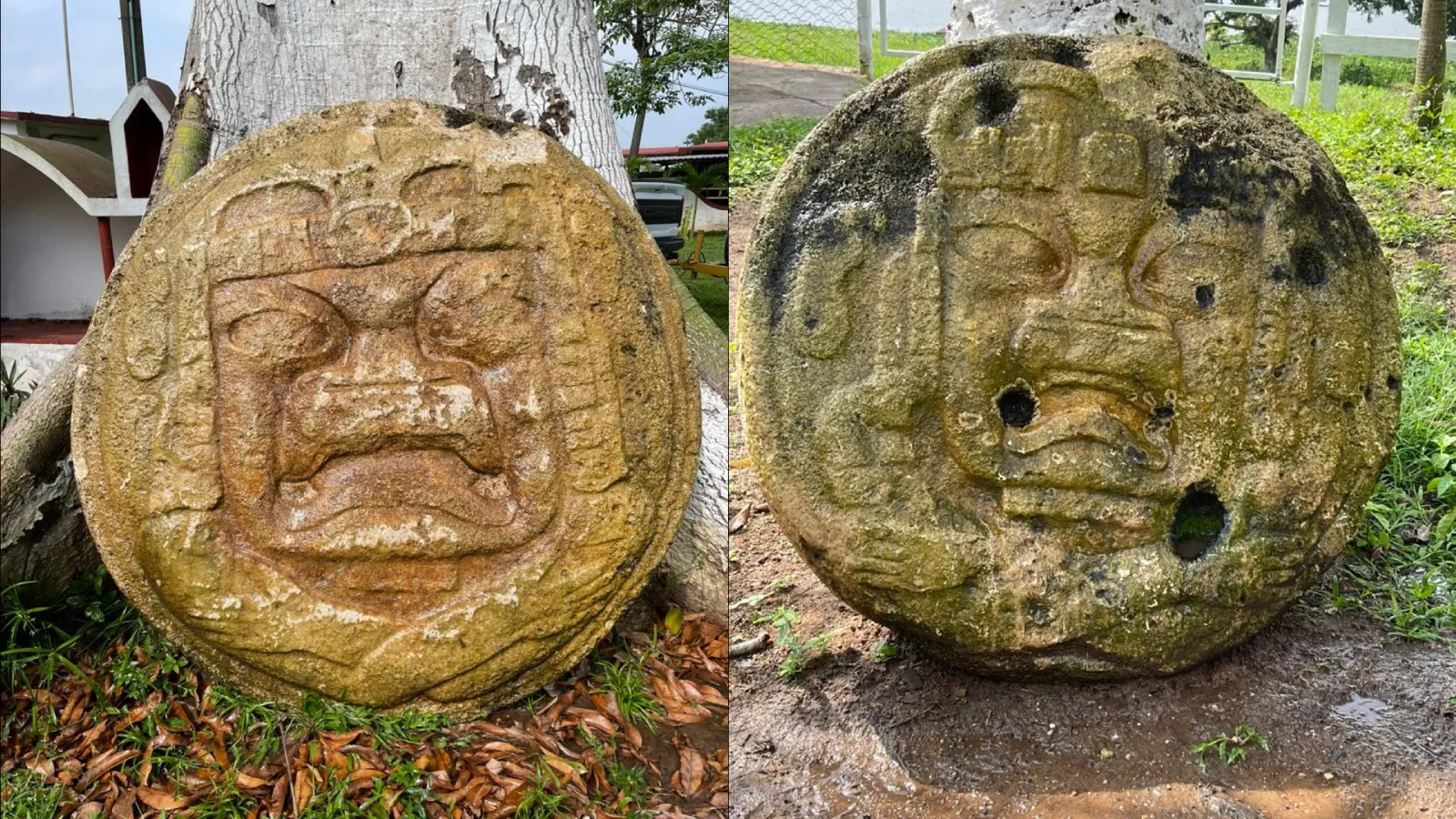
Archaeologists in Mexico have uncovered two Olmec reliefs chiseled into large, circular stones that are thought to depict local rulers performing ritual contortion.

The story of peyote is something like a fairytale, beginning in a time long ago and containing what could be called magic by those who utilize it for healing. However, today’s reality for the Indigenous people who consider it sacred is anything but…

Could the universe be an elaborate game constructed by bored aliens?

Atomic clocks, combined with precise astronomical measurements, have revealed that the length of a day is suddenly getting longer, and scientists don’t know why.
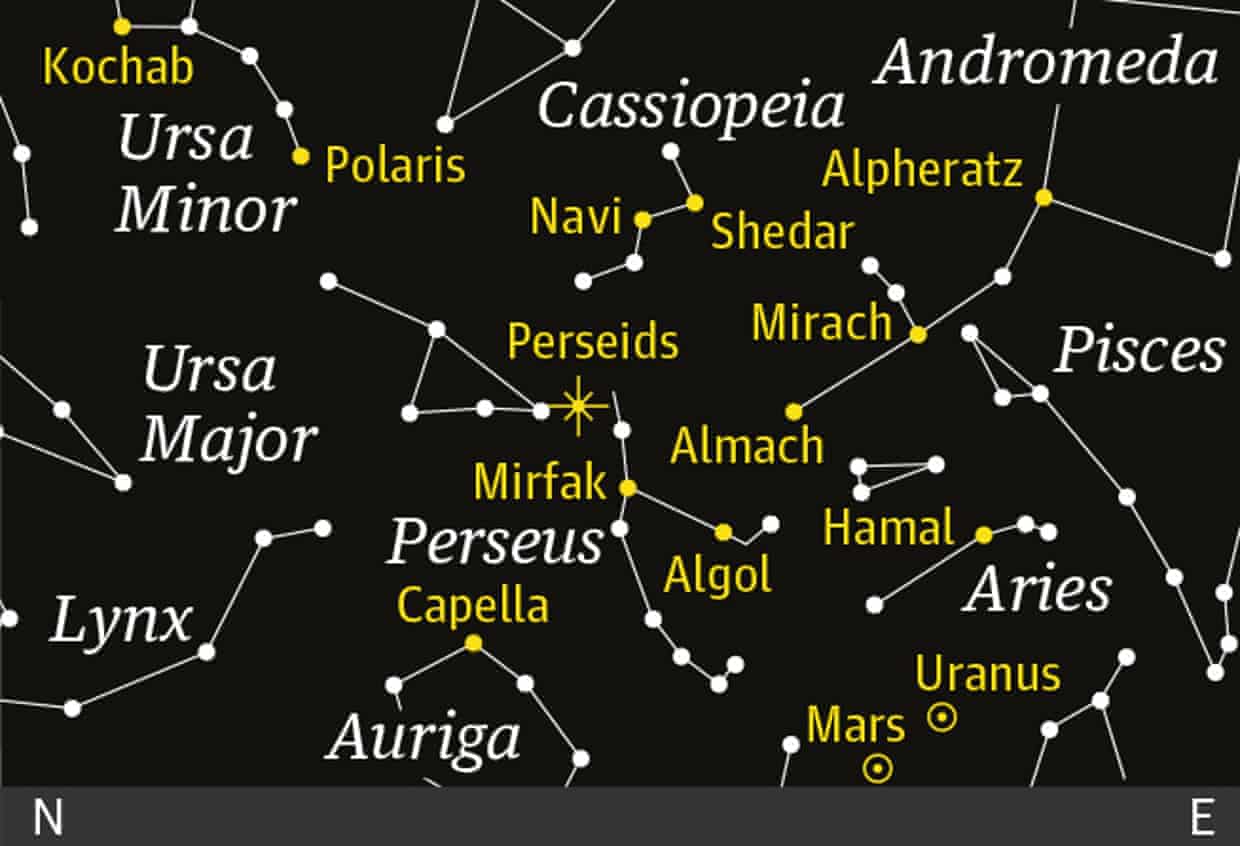
The annual Perseids shower lasts more than a month, but will peak this week.
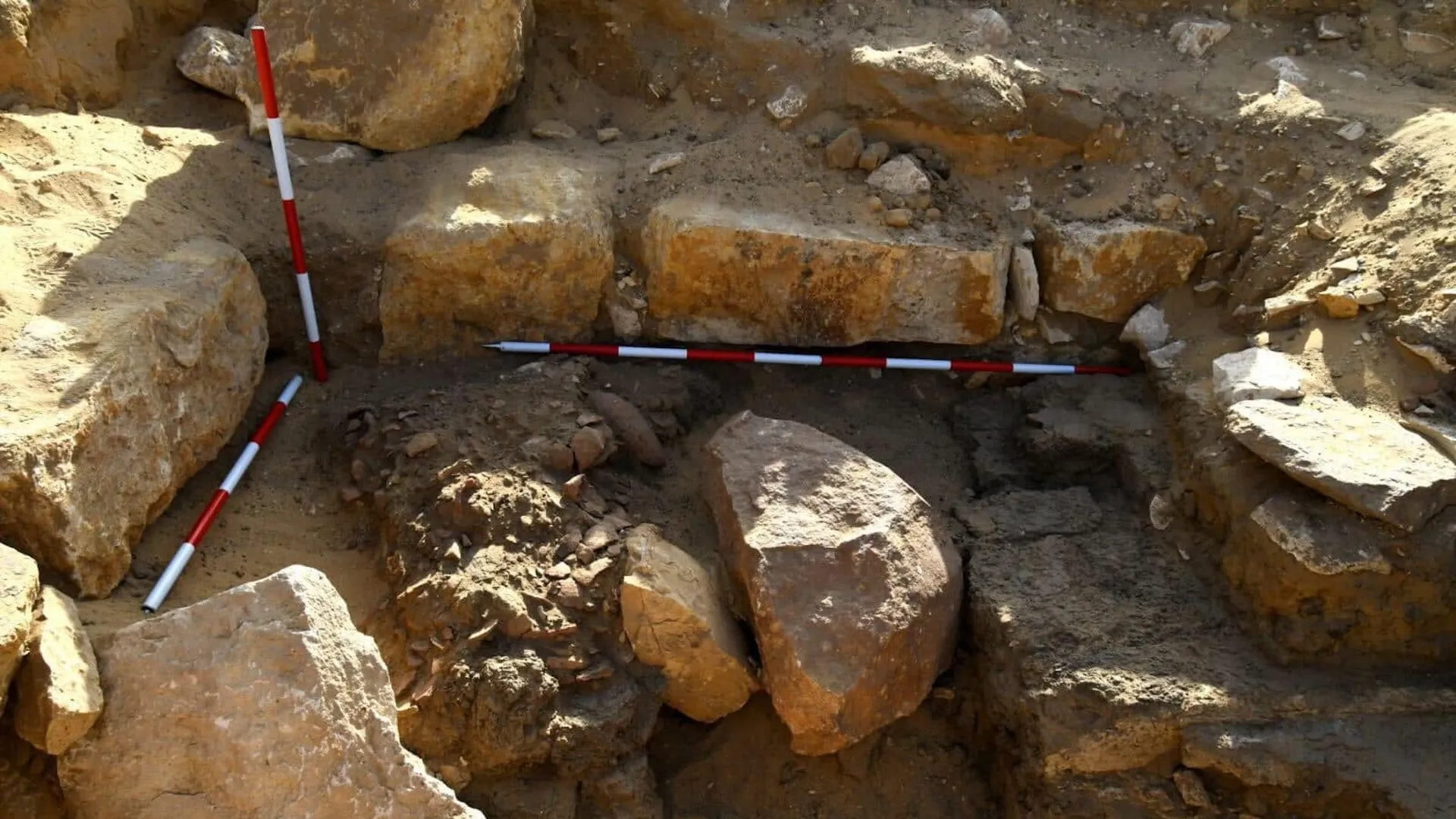
Archaeologists have unearthed the remains of a 4,500-year-old temple dedicated to the Egyptian sun god Ra at the site of Abu Ghurab, about 12 miles (20 kilometers) south of Cairo.
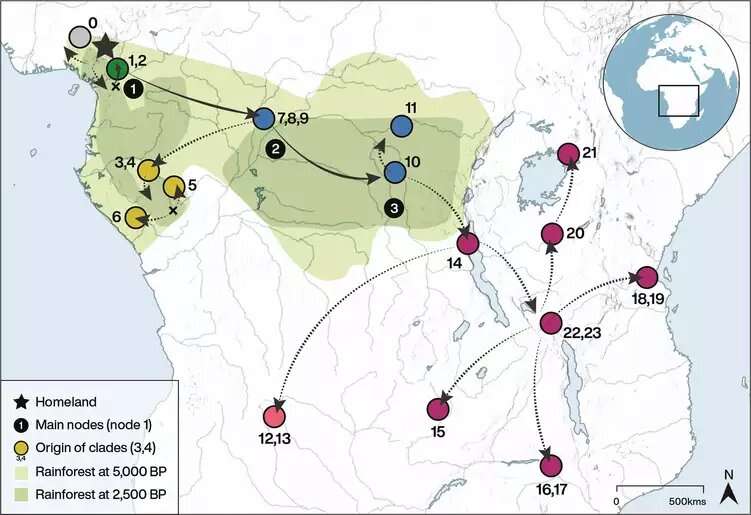
The Bantu Expansion transformed sub-Saharan Africa’s linguistic, economic, and cultural composition. Today, more than 240 million people speak one of the more than 500 Bantu languages.
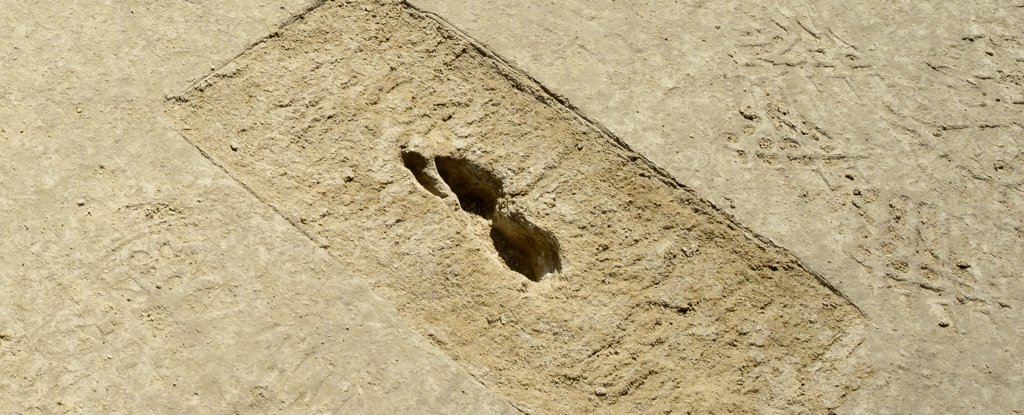
Archaeologists recently stumbled upon a set of mysterious ‘ghost footprints’ in the salt flats of a Utah desert.








